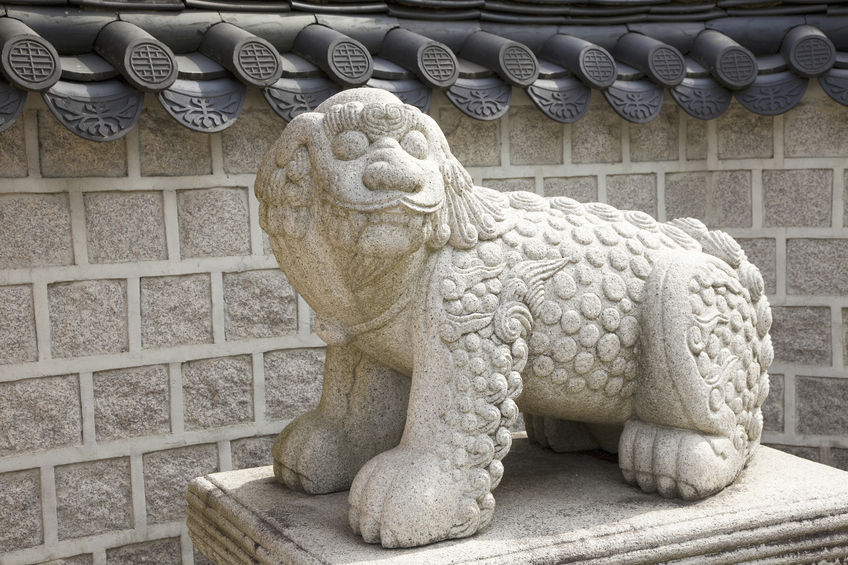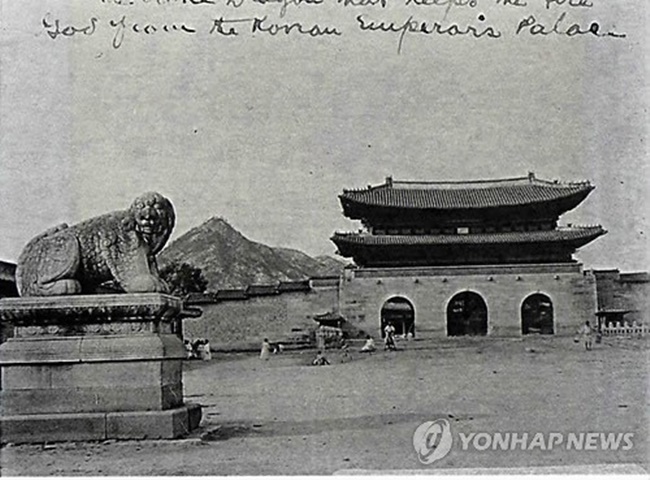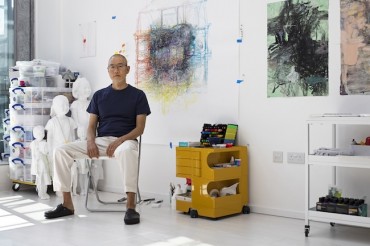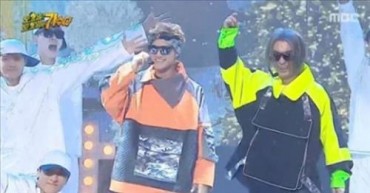
Shaped like a lion with a horn on its forehead, the imaginary animal from Korean mythology is known as a guardian that fends off fire and disasters, prompting creative architects to erect a number of sculptures around the city. (Image: Kobiz Media)
SEOUL, Nov. 3 (Korea Bizwire) – Sculptures of the legendary creature Haetae can be spotted around Seoul, often near historical landmarks and other high-profile locations like the National Assembly Building.
Shaped like a lion with a horn on its forehead, the imaginary animal from Korean mythology is known as a guardian that fends off fire and disasters, prompting creative architects to erect a number of sculptures around the city.
Haetae’s influence and likability have been reflected across South Korean society, with a professional baseball team and a major food company named after the imaginary animal, and the creature honored as the symbolic icon of the South Korean capital in 2008.
The new Haetae-themed amusement park project in South Jeolla Province’s Shinan County is the latest project that has stemmed from the popular mythical creature.
On Thursday, Shinan County officials attended the groundbreaking ceremony for the 5 billion won construction project, which will see a number of structures built including an exhibition hall and café, as well as statues, all under the theme of Haetae.
Haetae is also known as a mythical animal that can tell right from wrong, and is often associated with justice and law.
With all of the interesting background stories and the creature’s positive traits, efforts to restore the pair of Haetae sculptures near Gwanghwamun Gate were revealed earlier this week.

Sculptures of the legendary creature Haetae can be spotted around Seoul, often near historical landmarks and other high-profile locations like the National Assembly Building. (Image: Kobiz Media)
The Seoul Metropolitan Government and the Ministry of Land, Infrastructure and Transport announced on Wednesday that the Ministry of Strategy and Finance will examine Seoul’s proposal and decide whether or not to fund the restoration project.
While infrastructure ministry officials believe it’s too early to know whether Seoul’s latest urban project will go forward as proposed, historical restoration experts have been arguing for months for the restoration of the old Haetae sculptures on the edge of what is now Gwanghwamun Plaza.
At the far end of Gwanghwamun Plaza used to stand a pair of Haetae sculptures surrounding a traditional platform called ‘Waldae’, next to what is now a busy thoroughfare that bisects the entrance of Gyeongbokgung Palace and the plaza.
It’s not the first time for government officials to discuss the Haetae sculptures at Gwanghwamun.
In 2008, the pair of Haetae sculptures right in front of Gwanghwamun Gate were prematurely moved back to their original position months after being relocated for renovation purposes.
When the news broke, some feng shui experts argued that a series of fires during the year – including the 2008 Namdaeum fire – prompted government officials to move the statues back earlier than expected.
However, an official at the Cultural Heritage Administration denied the claim, saying the myth that Haetae prevent fire isn’t backed by traditional literature, during an exclusive interview with the Segye Times.
Another pair of Haetae sculptures stands tall in front of the National Assembly Building, with one being male and the other being female, giving them each a distinctive appearance.

While infrastructure ministry officials believe it’s too early to know whether Seoul’s latest urban project will go forward as proposed, historical restoration experts have been arguing for months for the restoration of the old Haetae sculptures on the edge of what is now Gwanghwamun Plaza. (Image: Yonhap)
According to a memoir by judicial officer Sunwoo Jong-won, the Haetae sculptures came about in a rather unlikely location because of writer Park Jong-hwa, who was at that time a member of a historical research committee.
Park allegedly told the officials involved in the making of the National Assembly Building that placing Haetae sculptures near the new building could help fend off fires, citing incidents in the past at Gyeongbokgung Palace where fewer fires occurred after Haetae sculptures were erected.
In his memoir, Sunwoo says that Park was able to fund the cost of the two Haetae sculptures for the National Assembly Building after meeting the founder of Haitai Confectionery & Foods, a South Korean food company named after the imaginary creature.
Hyunsu Yim (hyunsu@koreabizwire.com)






